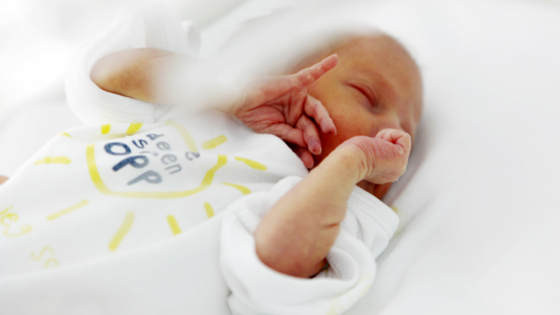
The use of stem cells in treatment and therapies for certain diseases and conditions has developed considerably over the last ten to fifteen years as clinicians and researchers begin to see the real benefits and possibilities this branch of medical intervention offers.
There are two ways in which you can obtain stem cells that can be used for treatment:
- Autologous where the patient has access to their own stem cells after they have been stored from something like cord blood at birth.
- Allogeneic where a matching donor needs to be found – either a relative or someone unknown to the recipient who meets the criteria.
Stem cells are currently being used in a large number of standard treatments including for leukaemia, lymphoma, anaemia and other blood disorders, and in therapeutic ways for autism, cerebral palsy, rheumatoid arthritis and more.
If you have saved your child’s cord blood to be used in future possible stem cell treatment or therapy, then you may well be wondering if it was the right decision. If all goes well, your loved one could live a healthy and happy life without the need for much medical intervention.
- In the USA around 1 person in 2,500 needs some form of stem cell transplant by the age of 20.
- 1 in 68 children are thought to suffer from autism for which stem cell therapy is being used as a therapy.
Whilst some of the odds seem quite large, the range of treatments and therapies that stem cells can be used for is growing each year as the evidence base improves. It’s not just major conditions where stem cells could be useful. The odds of using blood cord stem cells in everyday injuries may well be on the increase. In South Korea they are using it to help repair torn knee cartilages (something that a surprising 1 in 10 adolescents have suffered from) and this is currently being trialled in the United States.
Approximately 1.7 children per thousand (those aged up to 19 years) will be diagnosed with a condition such as Diabetes 1. Stem cell therapy is currently being used for this in China. Of those children born premature and under 1500 gms, the chances of having problems breathing with underdeveloped lungs is as much as 1 in 4. Again, stem cell therapy can help with this life threatening condition.
We are, of course, more likely to encounter certain ailments and diseases in our lifetime than others. It’s estimated that 1 in 3 people will suffer from some form of cancer, an area where stem cell therapy may well become more important in the future. It is currently being used for diseases such as leukaemia and lymphoma.
One of the more telling statistics comes out of the USA where the probability of requiring some form of stem cell transplant before the age of 70 is thought to be 1 in 217. This, of course, also raises the issue of the supply of stems cells from bone marrow, umbilical cord blood and peripheral blood. At the moment, individuals can choose to save the umbilical cord blood of their newborn children for later use if needed but in the future it will undoubtedly become standard practice.
With more uses being found for stem cell treatment, the odds of using cord blood stem cells will increase giving those that have chosen to store supplies a significant health advantage in the future.
References:
Probability of stem cell treatment or therapy for medical conditions
Lifetime Probabilities of Hematopoietic Stem Cell Transplantation in the US
Diseases currently being treated by stem cell interventions
{{cta(‘3fe0aac7-7562-46dc-b8b9-c706d9cfd6b1’)}}

